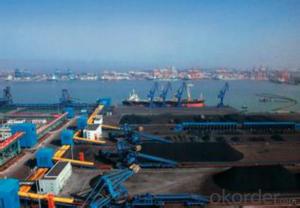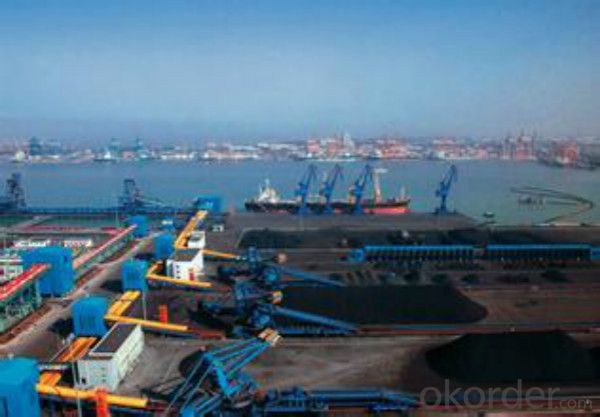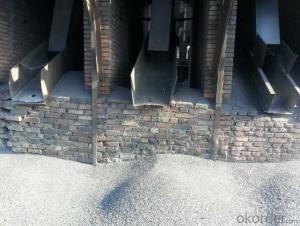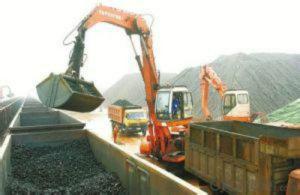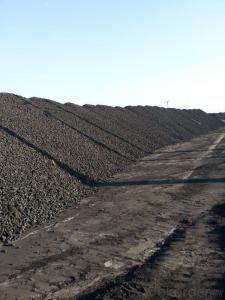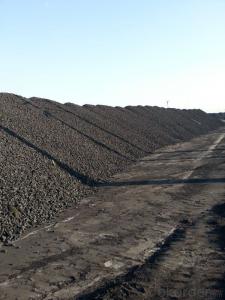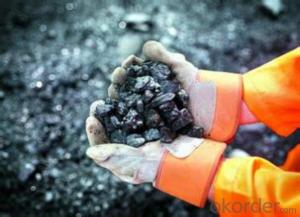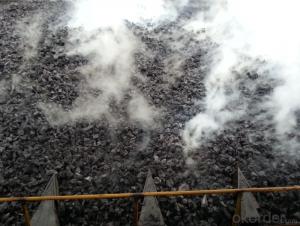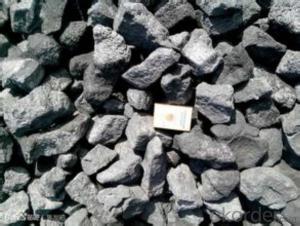Ash 13%Max Met Coke 10- 25mm in High Quality
- Loading Port:
- Qingdao
- Payment Terms:
- TT OR LC
- Min Order Qty:
- 900 m.t.
- Supply Capability:
- 18000 m.t./month
OKorder Service Pledge
OKorder Financial Service
You Might Also Like
Product Description
Met Coke(metallurgical coke) is a carbon material resulting from the manufactured purification of multifarious blends of bituminous coal. its medium-grade composite contains a high occurrence of unstable components. We can provide products in our general specifications or as customers' requirement. We are willing to cooperate sincerely with friends from all over the world and develop together prosperously. We follow the operation philosophy of contract-abiding, trustworthy, first-rate service and to achieve mutual benefits, and win-win situation. We have established an extensive cooperation relationships with circles of international trade, industry, science and technology, and financial, which established a bridge to connect China and Internation market.
Features
It is widely used in casting and metallurgy Smelting every tons Irons need about 0.4 to 0.6ton coke. It is playing more and more important role in the steel industry.
Specification
Item No. | Ash (%) max | S (%) max | F.C. (%) min | V.M (%) max | Moisture (%) max | P (%) max | CSR (%) min | CRI (%) max | Cal.Value (≥Kcal/Kg) |
NF-M001 | 9 | 0.6 | 89.5 | 1.2 | 5 | 0.035 | 65 | 25 | 7250 |
NF-M002 | 10.5 | 0.6 | 88 | 1.2 | 5 | 0.035 | 65 | 25 | 7100 |
NF-M003 | 12 | 0.6 | 86.5 | 1.5 | 5 | 0.035 | 63 | 28 | 6900 |
NF-M004 | 13 | 0.6 | 85.5 | 1.5 | 5 | 0.035 | 60 | 30 | 6800 |
Pictures
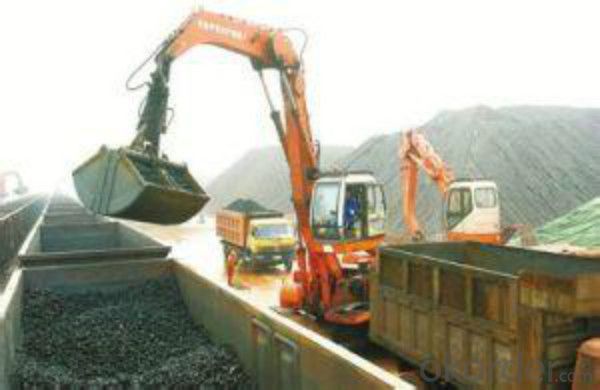
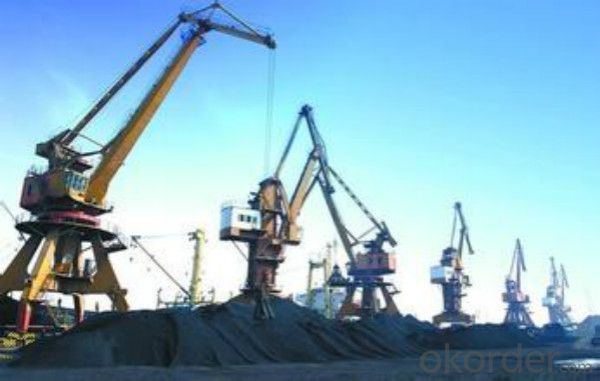
FAQ
1 What is the packing?
Packaging Details: | 1. jumbo ton bag |
2 Payment terms?
D/P, L/C,T/T with advanced payment
- Q: How does carbon affect the pH of water bodies?
- Water bodies can be greatly influenced by the presence of carbon, which has the ability to alter their pH levels. When carbon dioxide from the atmosphere dissolves in water, it combines with water molecules to create carbonic acid. This natural process, known as carbonation, has a crucial role in regulating the pH of water bodies. The existence of carbonic acid in water has the potential to decrease its pH, resulting in increased acidity. This occurs because carbonic acid breaks down into hydrogen ions and bicarbonate ions. The higher the concentration of hydrogen ions, the lower the pH of the water, thus contributing to its acidity. Furthermore, carbonic acid can undergo further decomposition to form carbonate ions. These carbonate ions can react with hydrogen ions, ultimately reducing their concentration and raising the pH of the water. This process, called carbonation, acts as a buffer and aids in stabilizing the water's pH. Human activities, such as the combustion of fossil fuels and deforestation, release excessive amounts of carbon dioxide into the atmosphere. Consequently, this leads to an elevation in the concentration of carbonic acid in water bodies, resulting in a decrease in pH. This occurrence, known as ocean acidification, can have detrimental effects on marine life. The reduced pH caused by excess carbon can be harmful to aquatic organisms, particularly those with calcium carbonate shells, including corals, mollusks, and certain species of plankton. The acidic water dissolves their shells, rendering them more susceptible to predation and diminishing their ability to construct and maintain protective structures. In conclusion, the presence of carbon has a significant impact on the pH of water bodies due to the formation of carbonic acid. While carbonic acid contributes to water acidity, it also functions as a buffer and helps maintain pH stability. However, excessive carbon dioxide emissions resulting from human activities can lead to ocean acidification, which negatively affects marine life and the overall well-being of water ecosystems.
- Q: Are carbon cells the same as alkaline batteries?
- The internal resistance of the battery is low, so the current produced is greater than that of the conventional carbon battery. Because the battery is free of mercury, it can be treated with domestic waste without being deliberately recycled.
- Q: How do you use carbon fourteen to measure the age?
- One is obvious a small amount of sample, only 1 ~ 5 mg samples can be, such as a piece of fabric, bone chips, toner trace of ancient ceramics in the surface or pores can be measured; while the conventional carbon - 14 dating rules 1 to 5 grams of samples differ by 3 orders of magnitude. The two is high sensitivity. The sensitivity of 10-15 to 10-16 isotope ratio measurement; while the conventional carbon - 14 dating rules with a difference of 5 to 7 orders of magnitude. Three is a short measurement time, measurement of modern carbon to reach 1% accuracy, only 10 to 20 minutes; while the conventional carbon - 14 dating is 12 ~ 20 hours. It is due to carbon - 14 accelerator mass spectrometry dating method has the advantage, since its inception, has been paid attention to by archaeologists, paleontologists and geologists, and is widely used. It can be said that within 50000 years of cultural relics on the determination of samples, carbon - 14 accelerator mass spectrometry dating method is determined the accuracy of a maximum of 1. carbon. 14 is a radioactive isotope of carbon, was found in 1940. It is produced by cosmic rays collide with a nitrogen atom in the air, which has a half-life of about 5730 years, as the decay of beta decay, 14 atoms into carbon nitrogen atoms.
- Q: How does carbon affect air quality?
- Carbon is a major contributor to air pollution as it combines with oxygen to form carbon dioxide (CO2), a greenhouse gas responsible for climate change. Additionally, carbon-based pollutants, such as carbon monoxide (CO) and volatile organic compounds (VOCs), can be released from the combustion of fossil fuels and contribute to poor air quality and negative health effects.
- Q: What is the carbon footprint?
- The carbon footprint refers to the total amount of greenhouse gases, particularly carbon dioxide (CO2), released into the atmosphere as a result of human activities. It is a measure of the impact individuals, organizations, or countries have on the environment in terms of contributing to climate change. This footprint includes direct emissions from burning fossil fuels for transportation, heating, and electricity, as well as indirect emissions from the production and transport of goods and services we consume. The carbon footprint is usually measured in units of carbon dioxide equivalent (CO2e) and is an important tool for evaluating and managing our environmental impact. By understanding and reducing our carbon footprint, we can mitigate climate change and work towards a more sustainable future.
- Q: Does anyone know what the definition of carbon storage is in ecology? Thank you
- 1, store it in a certain range.2 carbon storageAbout 2. No need to explain1 of the words is "popular carbon dioxide storage".. Current storage practices are generally to collect CO2 in the atmosphere and inject gas into the ground
- Q: What are the impacts of carbon emissions on the stability of estuaries?
- Carbon emissions have significant impacts on the stability of estuaries, which are delicate and unique ecosystems where freshwater and saltwater mix. One of the main consequences of carbon emissions is the phenomenon of ocean acidification. As carbon dioxide is released into the atmosphere through human activities such as burning fossil fuels, a portion of it is absorbed by the ocean, leading to an increase in the acidity of the water. This increased acidity has detrimental effects on the stability of estuaries. Estuaries are home to a diverse range of marine life, including fish, shellfish, and plants. However, the increased acidity caused by carbon emissions disrupts the delicate balance of these ecosystems. Many species of shellfish, such as oysters and clams, rely on calcium carbonate to build their shells and skeletons. In more acidic waters, the availability of carbonate ions decreases, making it harder for these organisms to form and maintain their protective structures. This can lead to a decline in shellfish populations, affecting the entire estuarine food chain. Additionally, the increased acidity affects the reproductive processes of many marine organisms. Fish and other species that reproduce in estuaries may experience reduced reproductive success due to changes in the pH of the water. This can result in a decline in population numbers, leading to a loss of biodiversity within estuaries. Furthermore, the stability of estuaries is also impacted by the rising sea levels caused by carbon emissions. As global temperatures increase, glaciers and ice caps melt, causing the sea level to rise. Estuaries, which are often located in low-lying coastal areas, are particularly vulnerable to this phenomenon. The rising sea levels can lead to increased salinity levels in estuaries, as saltwater intrudes further into freshwater areas. This can disrupt the delicate balance of the ecosystem, affecting the plants and animals that rely on specific salinity levels for survival. In conclusion, carbon emissions have a range of negative impacts on the stability of estuaries. The phenomenon of ocean acidification disrupts the delicate balance of these ecosystems, affecting the reproduction and survival of various species. Additionally, the rising sea levels caused by carbon emissions further destabilize estuaries by altering salinity levels. It is crucial to reduce carbon emissions and mitigate the effects of climate change to protect and preserve these valuable ecosystems.
- Q: Carbon steel with carbon steel, carbon steel yuan yuan is the same? The trouble to know the answer urgently
- Not the same! Simply say: the high quality carbon steel or carbon steel. Specifically speaking is the carbon content of less than 0.08%. and carbon steel compared to its quality is excellent, there are strict requirements to ensure the chemical composition and mechanical properties, phosphorus and sulfur are high quality carbon steel eliminating lower impurity content.
- Q: How does carbon dioxide affect the formation of clouds?
- Carbon dioxide plays a significant role in the formation of clouds through its impact on Earth's climate system. As a greenhouse gas, carbon dioxide traps heat in the atmosphere, leading to an overall increase in global temperatures. This rise in temperature alters various atmospheric processes, including cloud formation. One of the key ways carbon dioxide affects cloud formation is by influencing the water cycle. Warmer temperatures caused by increased carbon dioxide levels lead to enhanced evaporation of water from the Earth's surface. This increased evaporation results in a higher amount of water vapor in the atmosphere, which serves as the primary ingredient for cloud formation. Additionally, carbon dioxide affects cloud formation indirectly by influencing atmospheric stability and the vertical movement of air. Higher concentrations of carbon dioxide can alter the temperature profile of the atmosphere, with the lower atmosphere warming more than the upper atmosphere. This temperature difference can lead to changes in air density, causing air to rise or sink. Rising air creates conditions favorable for cloud formation, while sinking air inhibits it. Furthermore, carbon dioxide affects the size and properties of cloud droplets. Increased carbon dioxide concentrations can lead to changes in the microphysical properties of clouds, such as droplet size and concentration. Studies suggest that higher concentrations of carbon dioxide can result in smaller cloud droplets, potentially affecting cloud lifetime and precipitation patterns. It is important to note that the relationship between carbon dioxide and cloud formation is complex and still an active area of research. Scientists continue to study the intricate interactions between atmospheric gases, cloud formation, and climate change to better understand the future implications of carbon dioxide emissions on cloud dynamics and the overall climate system.
- Q: How does carbon affect the color of gemstones?
- Carbon can affect the color of gemstones by either enhancing or modifying their natural hues. When present as impurities or inclusions, carbon can give gemstones a yellow or brown color. However, when arranged in a specific crystal lattice, carbon can create exceptional colorless or white gemstones, such as diamonds.
Send your message to us
Ash 13%Max Met Coke 10- 25mm in High Quality
- Loading Port:
- Qingdao
- Payment Terms:
- TT OR LC
- Min Order Qty:
- 900 m.t.
- Supply Capability:
- 18000 m.t./month
OKorder Service Pledge
OKorder Financial Service
Similar products
Hot products
Hot Searches
Related keywords
